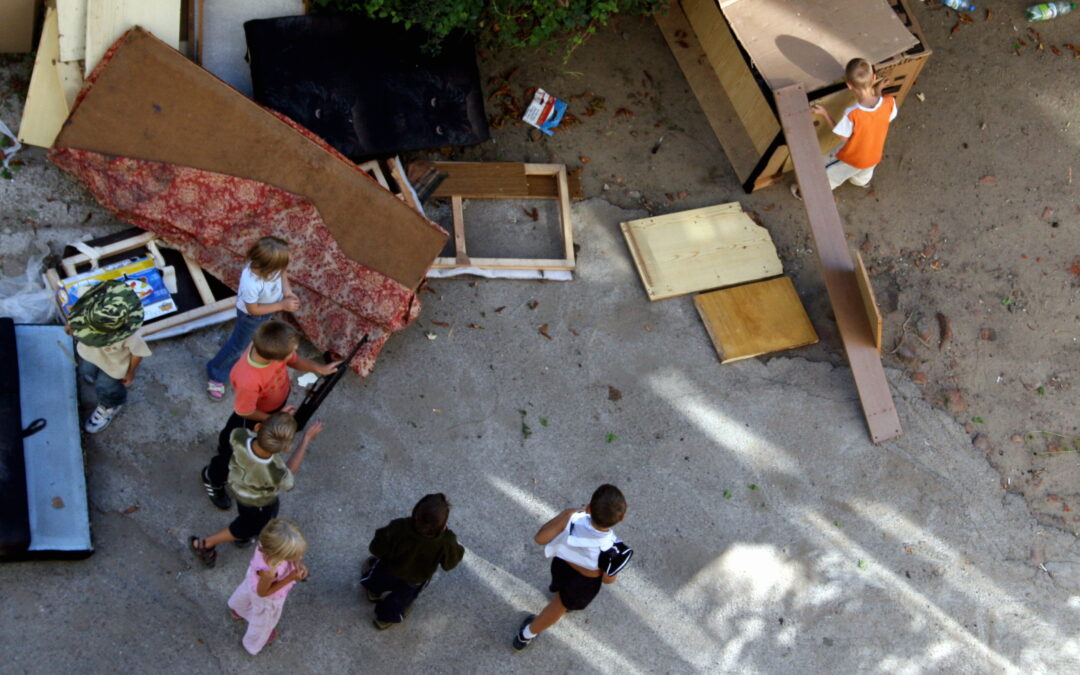The number of people living in extreme poverty – meaning below a minimal subsistence level – rose in Poland last year to two million (from a population of 38 million), reveals a new report published by the Polish branch of the European Anti-Poverty Network (EAPN).
Those most affected are children and the elderly, among whom the numbers in extreme poverty increased 32% and 18% respectively between 2019 and 2020.
But the report stresses that the number of children living in extreme poverty has dropped in Poland in the longer term. In 2015, it affected about 900,000 young people, while the 2020 figure of 410,000 was less than half that number.
Jest źle. Ogromnie wzrosła liczba Polaków żyjących w skrajnym ubóstwie📈
Z odp.GUS wynika,że skrajne ubóstwo „ogółem”wzrosło z 4,2 do 5,2% (2019-2020).
Największy wzrost skrajnego ubóstwa,aż o 1,4, wystąpił wśród dzieci😔Z 4,5 na 5,4%.
Seniorzy z 3,8 na 4,4%.#PolskaBiednieje pic.twitter.com/RINAECFfDP— Krzysztof Brejza (@KrzysztofBrejza) September 2, 2021
Moreover, although extreme poverty increased in Poland last year, the number of people living in relative poverty – a different and less severe classification – fell by 10%, to 4.5 million.
Extreme poverty is defined as those with spendings below a level of minimal subsistence. The current extreme poverty threshold is 640 zloty (€139) per month for a one-person household and 1,727 zloty (€376) per month for a household of four (with two adults and two children under 14).
Relative poverty is defined as receiving less than 50% of the average household income. The threshold was 799 zloty (€174) for a single person for 2020.
“Most probably the increase of a number of people living in extreme poverty is a temporary trend,” noted Ryszard Szarfenberg, the chief of EAPN Poland, speaking to Wirtualna Polska. “2020 saw freezing of certain economy branches influencing particularly some low-income professions, which won’t take place in 2021”.
Yet inflation, which is at the highest level in decades, may create further financial challenges, he points out, as the government has not indexed a number of social benefits, which have remained at the same level since 2016.
Around 312,000 elderly people experienced extreme poverty in 2020, up from 264,000 the previous year. As the authors of the report note, the increase occurred despite additional benefits for the elderly.
“It is not only about the fact that these people cannot afford boots for winter; it often means that they can’t pay for food or a decent place to live,” said Joanna Sadzik, head of charity organisation Stowarzyszenie Wiosna, commenting on the report for TVN24.
The EAPN data confirm those published last month by Statistics Poland (GUS), a state agency, which also showed increases in extreme poverty, particularly among children and the elderly.
Those followed more optimistic reports from 2019, when Poland’s poverty rates all dropped significantly, with extreme poverty falling by over a fifth, according to GUS. That year also saw the number of children in relative poverty fall below one million for the first time, down from 1.65 million in 2008.
The current Law and Justice (PiS) government, in power since 2015, has introduced a number of redistributive social policies. These have particularly emphasised support to children – especially through the flagship “500+” child benefit programme – and the elderly.
Main image credit: MACIEJ SWIERCZYNSKI / AGENCJA GAZETA

Agnieszka Wądołowska is deputy editor-in-chief of Notes from Poland. She is a member of the European Press Prize’s preparatory committee. She was 2022 Fellow at the Entrepreneurial Journalism Creators Program at City University of New York. In 2024, she graduated from the Advanced Leadership Programme for Top Talents at the Center for Leadership. She has previously contributed to Gazeta Wyborcza, Wysokie Obcasy and Duży Format.




















